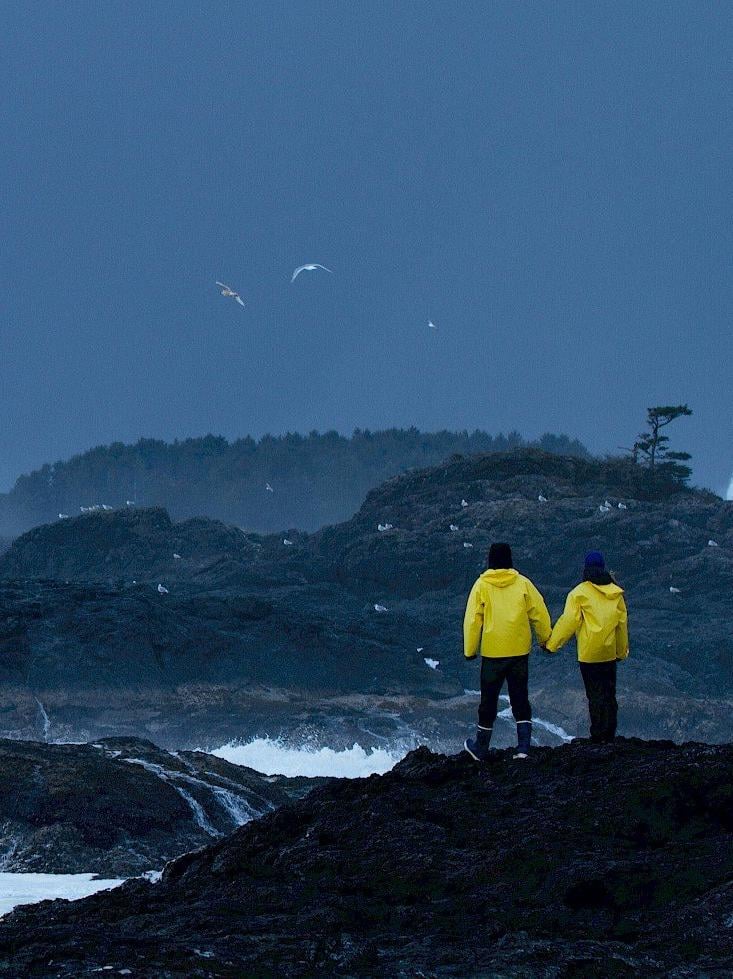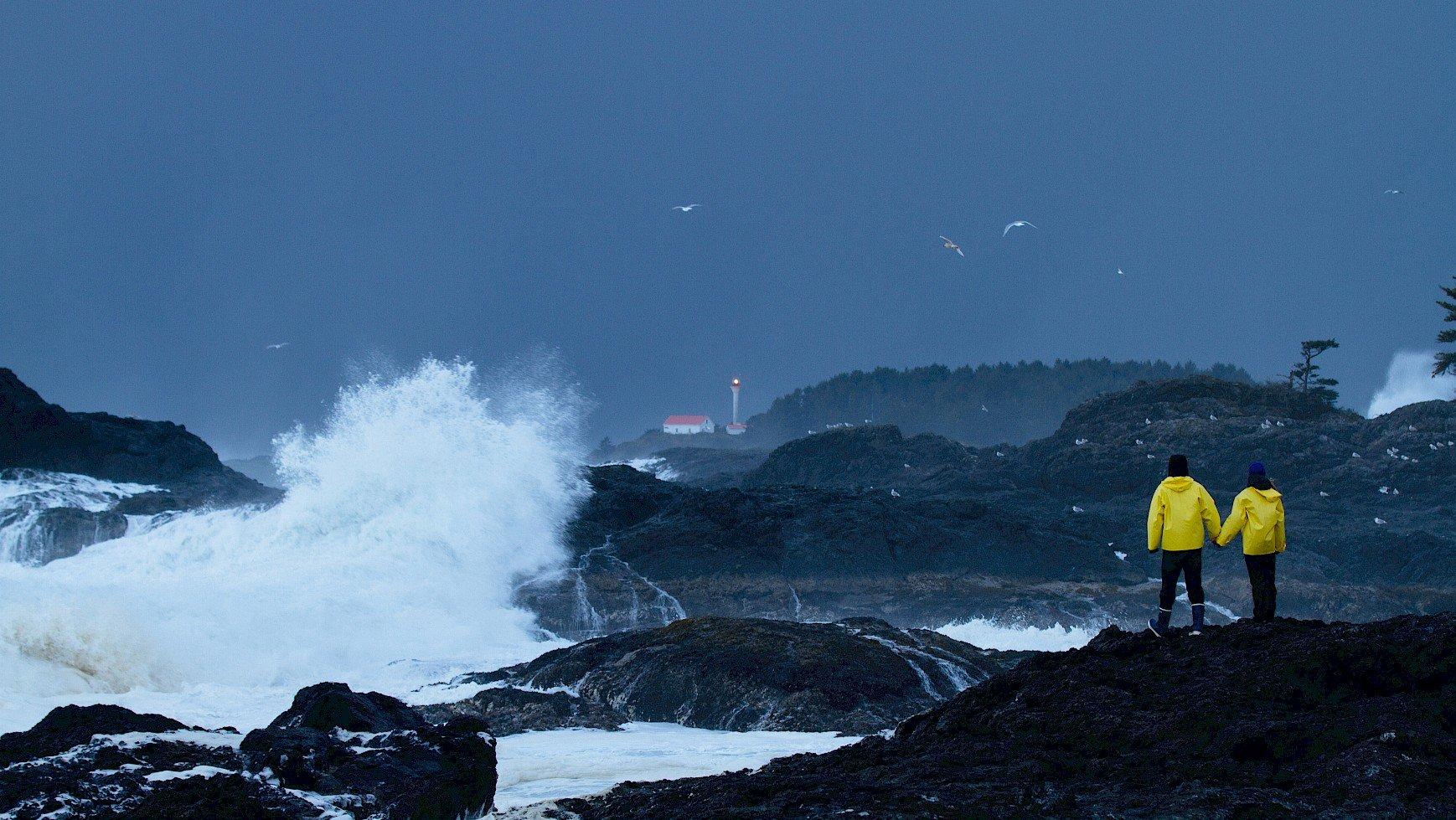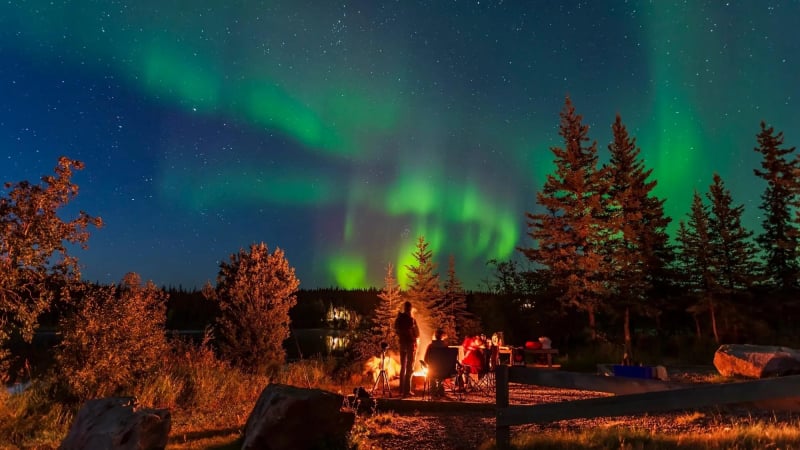Immerse yourself in nature in a very different way
Storm watching tourism is not a new concept, but the professional development of this type only really exploded in the late 20th century. In the town of Tofino on the west coast of Vancouver Island (Canada), the Wickaninnish Inn hotel is considered the birthplace of modern storm watching tourism.

Organized hurricane tourism didn't really take off until 1996, when the classic movie “Twister” sparked a surge of interest in experiencing extreme weather.
Officially opened in 1996 – the same year the movie “Twister” was released that first inspired storm tourism – the hotel was inspired by Charles McDiarmid – a Tofino native who had many childhood memories of violent winter storms. Rather than seeing them as a deterrent to tourism, Charles decided to turn the raging nature into a tourist attraction.
Wickaninnish Inn is designed to take full advantage of its location: perched on a cliff overlooking the Pacific Ocean, which experiences waves as high as 6 meters during hurricane season. Each of the 75 guest rooms has oversized windows that can withstand winds of more than 100 miles per hour. The interior is cozy with fireplaces, thick woolen blankets, and an atmosphere of “hygge” – the Nordic concept of warmth and comfort.
The hotel also provides raincoats and rain boots so that guests can proactively step out and explore the angry natural scenery. With the philosophy of “no bad weather, only inappropriate clothing”, Wickaninnish Inn not only brings a new experience, but also changes the way many people perceive winter in coastal areas.

Wickaninnish Inn Hotel located on Chesterman Beach, Tofino
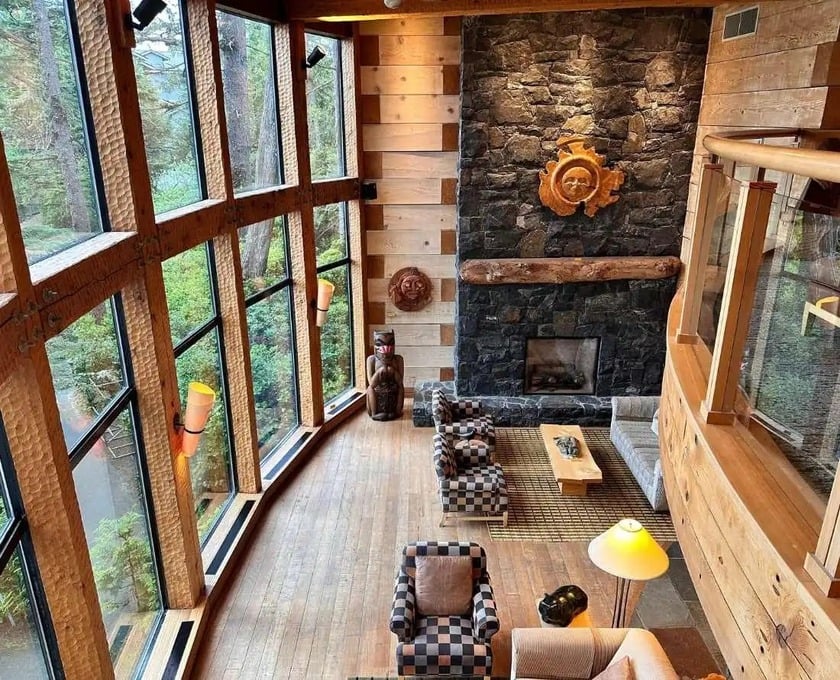
Specially designed for storm watching, each room features large windows that can withstand winds of up to 100 mph, a fireplace and a private balcony overlooking the Pacific Ocean.
When storms become a "specialty"
The idea of promoting winter storms as a tourism product initially seemed strange. However, reality proved otherwise. During the first storm season from November to February, the Wickaninnish Inn's occupancy rate jumped from 30% to 58%.
More than just curiosity, many visitors are finding something deeper in the experience: a sense of being removed from the hustle and bustle of the city, and immersed in nature that is vast, powerful and sometimes small. “Our guests, regardless of age, have one thing in common – they are adventurers,” Charles said.
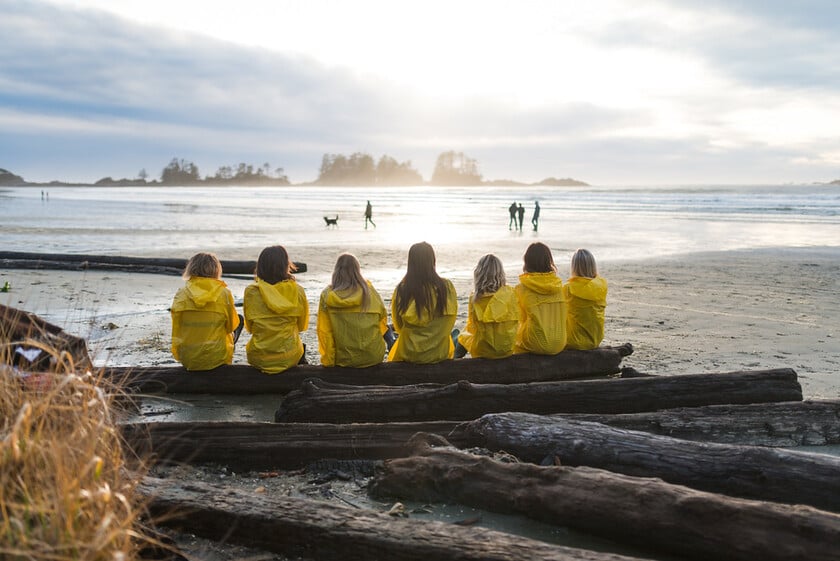
Whether directly engaging or just observing from afar, there is always a type of tourist who is fascinated by the devastation of nature.
The success of this pioneering hotel quickly spread, creating a ripple effect in other coastal towns like Ucluelet. Many high-end resorts such as Crystal Cove Beach Resort, Long Beach Lodge Resort, Black Rock Oceanfront Resort and SookePoint Ocean Cottage Resort have begun investing in hurricane hospitality, with amenities geared towards watching rough seas and big waves from a safe distance.
BC Ferries Vacations, a British Columbia-based tourism operator, has also developed hurricane packages that include transportation and accommodations at beachfront hotels. Tofino’s tourism website offers detailed guides to ideal places to walk amid the strong winds and places to relax like a sauna after your explorations.
As a result, the period from November to March, which used to be considered the low season, has now become Tofino’s second tourist season, with occupancy rates ranging from 46% to 58% in the winter for the past six years in a row.
The global appeal of harsh nature
The storm-watching phenomenon isn’t limited to Vancouver Island. It’s spread to other parts of the world. In British Columbia’s capital city of Victoria, the local government has rebranded winter as “cozy season” to create a more positive image. Itineraries are designed to include activities like windy walks to lighthouses, combined with romantic candlelit dinners.
In the US, the Long Beach Peninsula in Washington state is a popular destination for observing “king tides” – a rare super-high tide phenomenon caused by a special alignment between the Moon, the Sun and the Earth.
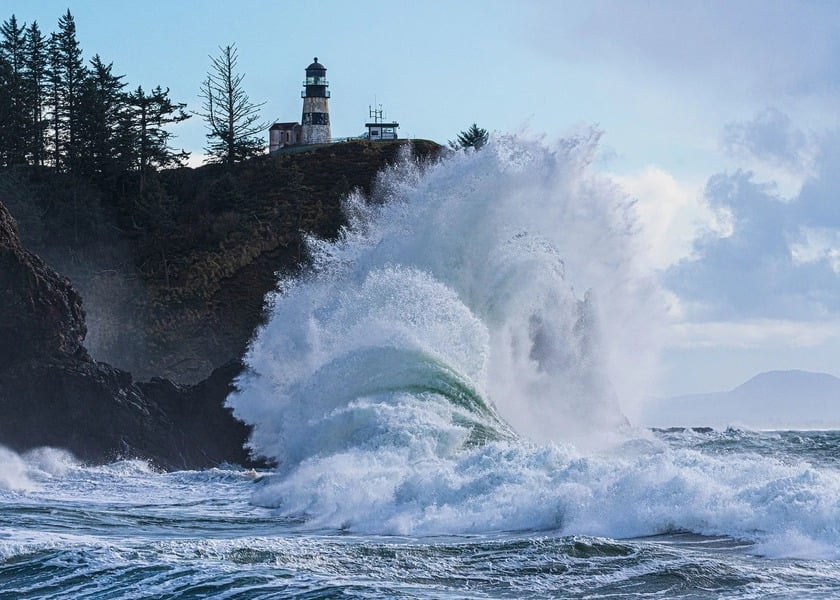
King tide phenomenon in Long Beach, Washington
In Europe, the five-star Headland Hotel in Newquay, Cornwall, England, offers a storm-watching package with a spa overlooking the roaring ocean. According to statistics, one in three winter visitors come here just to experience this special form of tourism.
Whether sitting in a hotel room with binoculars or venturing out onto wind- and rain-strewn driftwood beaches, some travelers today seem drawn to the sheer force of nature. “There is something strangely compelling about the contrast between the storm’s ferocious power and its undeniable beauty,” Charles says. “It’s an experience that humbles us and reminds us of the vast scale of the natural world.”
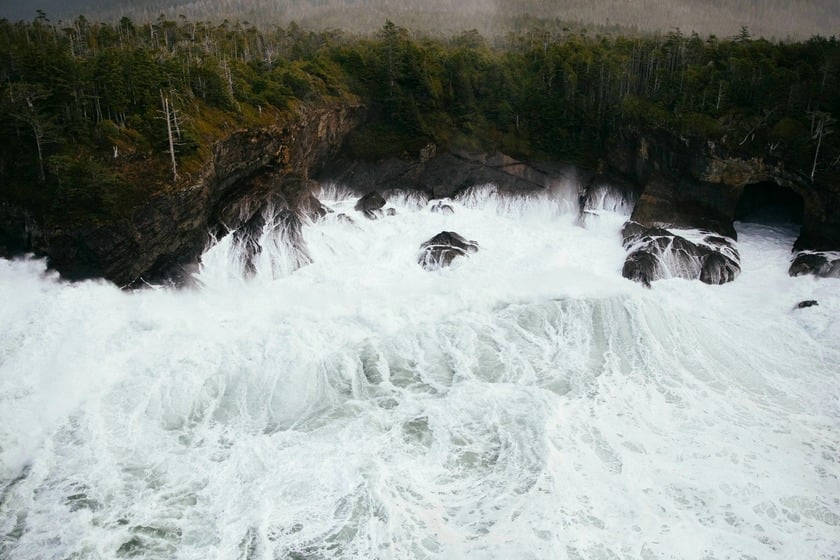
Storm-watching tourism has been spreading around the world and is expected to become one of the prominent tourism trends of the year.
While it offers a unique experience, storm-watching can also be risky, especially in the context of global climate change. “Forest trails can be affected by fallen branches, and coastal areas are prone to large waves and sudden surges,” said Liam Ogle, a tour guide at Long Beach Nature Tours.
He recommends that visitors check the Coast Smart website before heading out to familiarise themselves with safety advice. “The nature here is both powerful and captivating, and respecting Mother Nature is an integral part of the local culture.”





